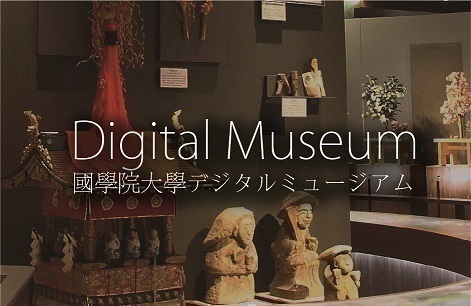- トップ
- Encyclopedia of Shinto
- Himegami
Encyclopedia of Shinto
| Main Menu: | |
| Links: |
詳細表示 (Complete Article)
| カテゴリー1: | 2. Kami (Deities) |
|---|---|
| カテゴリー2: | Concepts of Kami |
| Title | Himegami |
| Text | A female kami ("goddess"). An extant fragment of the Tsukushi no kuni fudoki describes the three separate peaks of the mountain Kishimayama in the following way: "The peak to the southwest is called the hikogami (male-kami), the middle peak is called the himegami (female-kami), and the one to the northeast is called the mikogami (offspring-kami)." As this passage makes clear, the himegami was most often enshrined as a consort to a male hikogami. In another example, the two deities worshiped at the Wakasahiko Jinja in Fukui Prefecture are Wakasahiko no kami and Wakasahime no kami, and the Samukawa Jinja in Kanagawa Prefecture enshrines the two deities Samukawahiko no mikoto and Samukawahime no mikoto. Likewise, while the himegami worshiped at Usa Jingū and Iwashimizu Hachimangū does not exist in name as half of a matched pair, the legendary shrine history Jisha engi Hachimangudōkin calls her the "dragon woman" and identifies her as the consort of Emperor Ōjin. In many cases, himegami are found both as consort for a hikogami, and also as daughter to a chthonic jinushigami; this tradition is thought to be the product of reverence paid to the daughter of a noble family in the locality, and her eventual taking on the status of kami. For example, according to a fragment from the Yamashiro no kuni fudoki, two deities enshrined at Kamo Mioya Jinja, namely, Tamayorihime and Kamo Taketsunumi no mikoto have the relation of daughter to father, and they also correspond to the mother and maternal grandfather of the deity Kamo Wakeikazuchi no kami, considered to be a jinushigami enshrined at the Kamo Wakeikazuchi Jinja. The himegami Tamayorihime in this case thus also possesses the characteristics of a maternal deity to a mikogami. In many cases, however, himegami are found independently. Origins of the himegami of the Hirano Jinja are explained by divergent theories, one saying that she was Takano no Niikasa no hime, mother of Emperor Kanmu. This goddess also possesses the characteristic of an oracular kami (see takusen) based on the religious belief in female diviners (miko). In other cases, such as at the shrines Kasuga Taisha, Ōharano Jinja, and Hiraoka Jinja, a goddess may be included as one of the several deities enshrined, but here, the provenance of the female deity is unknown. The Engishiki additionally records that himegami shrines were found in Hine District of Izumi Province (Jinmyōchō, Part I), Tonami District of Echigo Province (Jinmyōchō, Part II), and Usa District of Buzen Province (Jinmyōchō, Part II), while others can be found enshrined at AkaruhimenoMikoto Jinja in Sumiyoshi District of Settsu Province, the AjisakahimenoMikotoJinja in Uda District of Yamato Province, and at the IgamuhimenoMikotoJinja in Kamo District of Izu Province. -Kobori Keiko |




